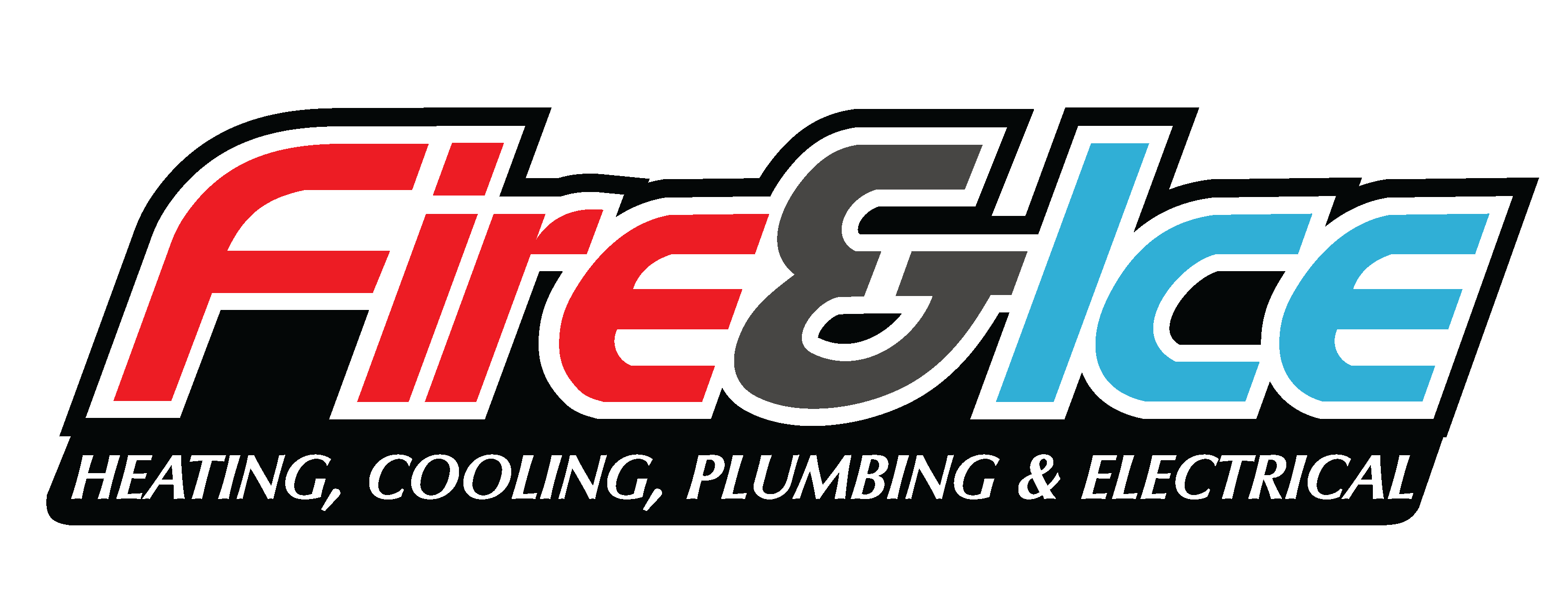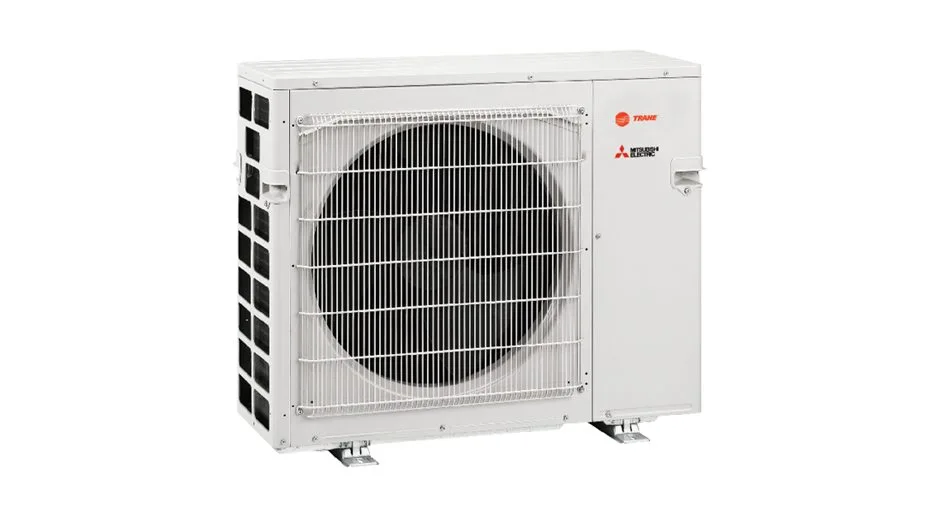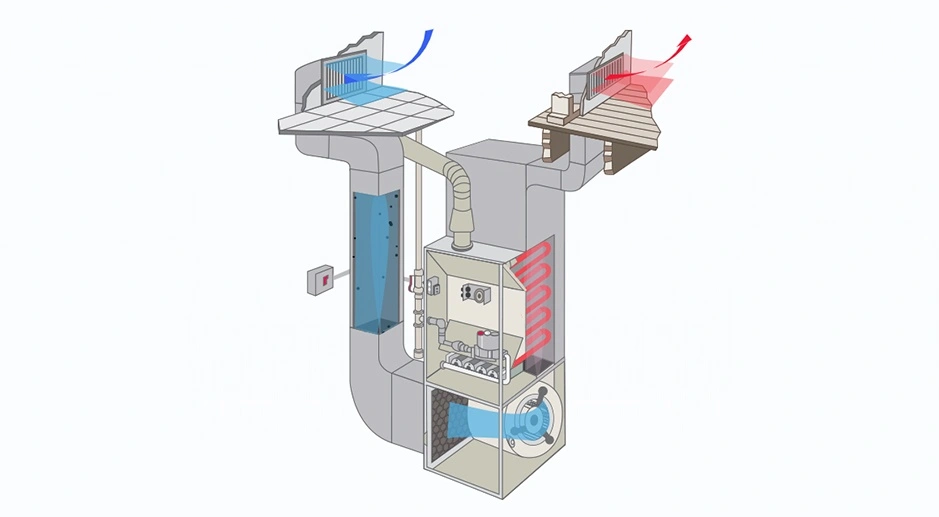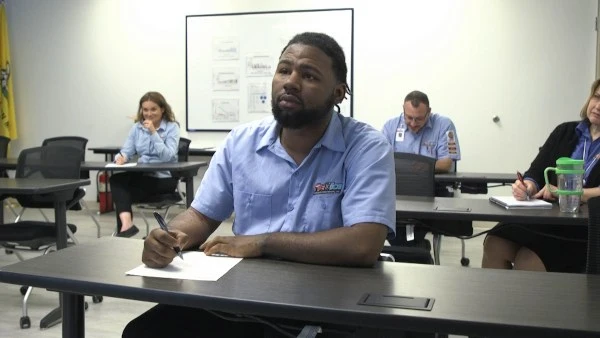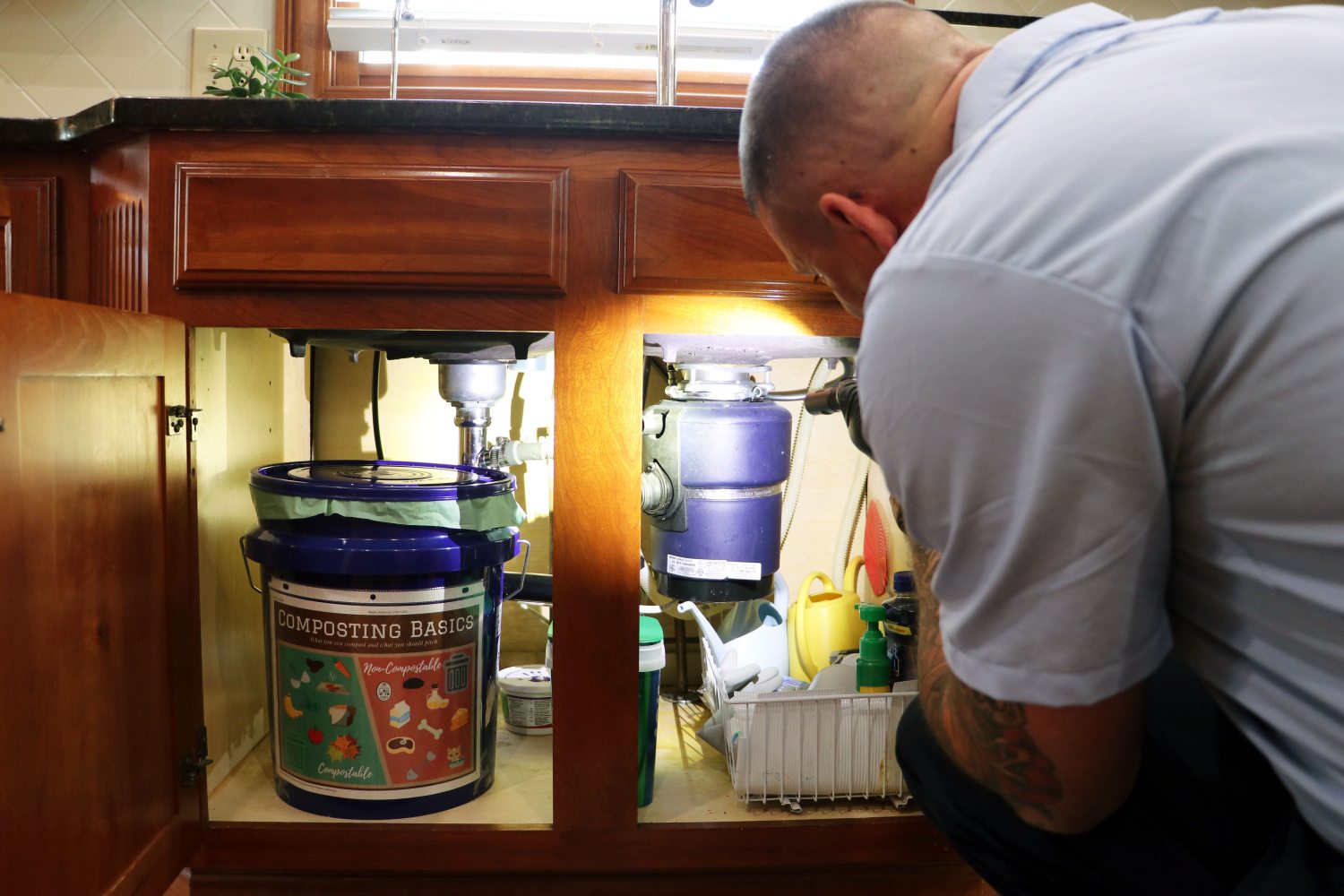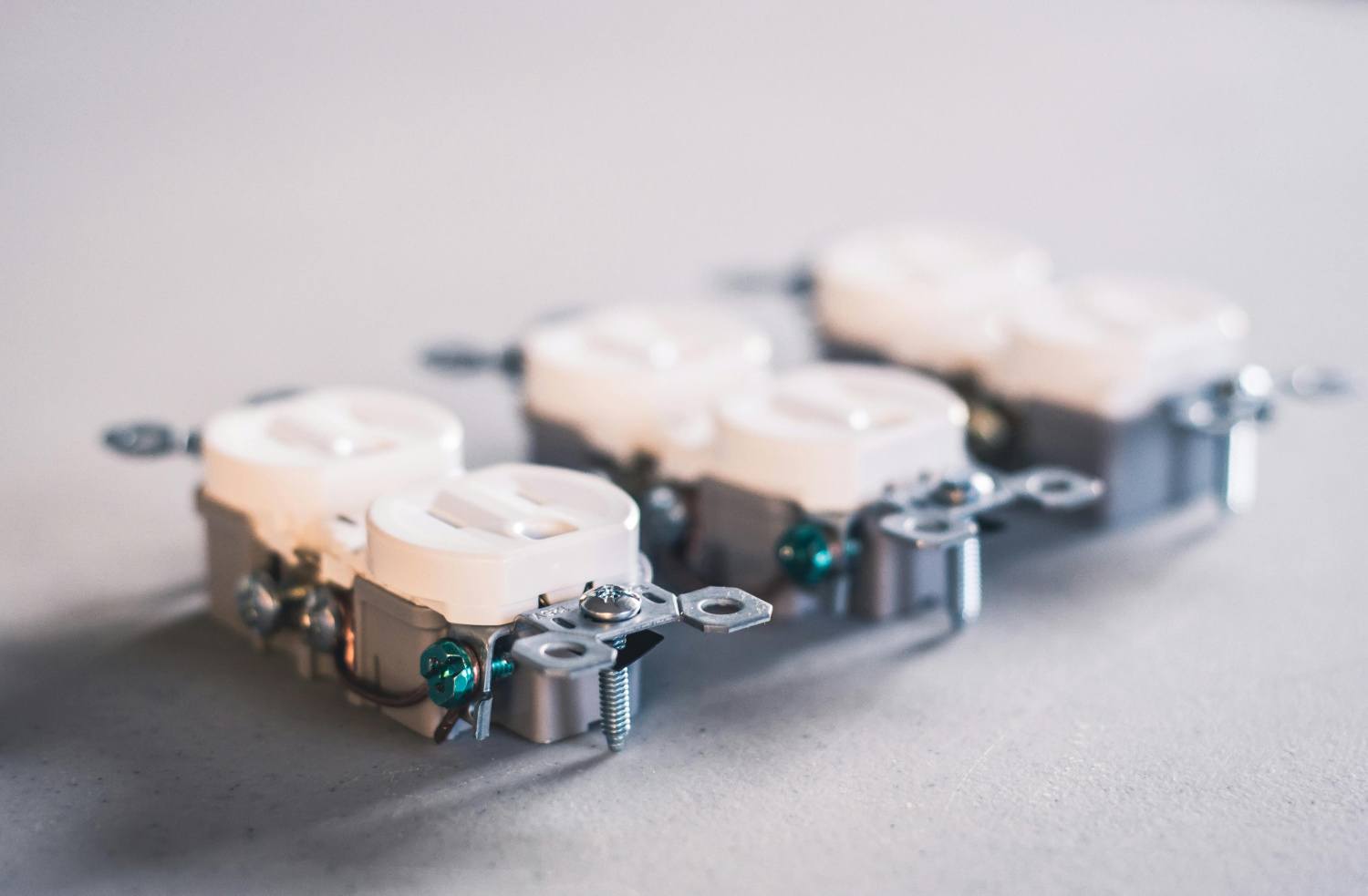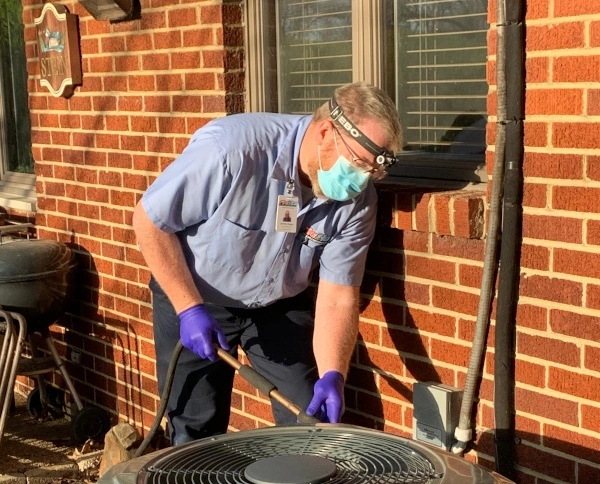


Author:
Revised:
August 12th, 2025
Are you waking up to cold showers and wondering what's wrong with your water heater? Or maybe you've heard strange noises from your basement and suspect something's not right? You're not alone.
Water heater issues are one of the most common service calls we get here in Ohio. And after 30 years of working on systems throughout Columbus and the surrounding areas, I can tell you that most water heater problems are fixable—if you catch them early.
In this article, you'll learn what causes the most frequent water heater issues in our region, how you can address them, when to call a pro, and how smart technology is changing water heater maintenance.
We’ll cover:
- The top 9 water heater problems
- Specific solutions for tank and tankless models
- When it makes more sense to replace vs. repair
- How AI-powered tech is already reshaping maintenance
Let’s get into it.
Tank vs. Tankless: Quick Overview
- Tank Water Heaters: Store and heat 40–50 gallons of water 24/7.
- Tankless Water Heaters: Heat water on-demand. More efficient but often more complex.
Both types have unique failure points, especially in Ohio's hard water environment.
1. No Hot Water
Tank Causes: Heating element failure (electric) or gas burner failure. Tankless Causes: Ignition failure, sensor error, or scale buildup.
Solution:
- Check thermostat, breaker, and pilot light.
- Replace failed elements, thermocouples, or clean ignition sensors.
- Tankless units will often display error codes (e.g., E3, E5, E11) pointing to specific issues.
Ohio Tip: Hard water scale is a leading cause. Annual flushing extends lifespan.
2. Not Enough Hot Water
Causes:
- Tank too small for household demand.
- Sediment buildup.
- Dip tube failure.
- Cold temperatures lowering efficiency.
Solutions:
- Flush tank to clear sediment.
- Consider upsizing the tank or adding a second unit.
- Tankless owners may need a recirculation pump or higher capacity unit.
Takeaway: Running out of hot water? Capacity may be the issue, not failure.
3. Strange Noises (Popping, Rumbling, Screeching)
Causes: Sediment reacting with heating elements (tank); partially closed valves or high pressure (tankless).
Solution:
- Flush tank.
- If popping continues, hardened sediment may signal nearing end-of-life.
- Check valves and pressure regulators on tankless units.
Ohio Reality: Hard water areas like Dublin and Grove City see this issue constantly.
4. Leaks
Common Sources:
- Loose fittings.
- Faulty T&P valve.
- Internal tank corrosion.
Solutions:
- Tighten fittings.
- Replace T&P valve.
- If tank itself is leaking, replacement is usually the only option.
Note: Some newer tankless models include built-in leak detection with auto shutoff.
5. Water Temperature Fluctuations
Causes:
- Thermostat issues.
- Scale on heating elements.
- Dirty inlet filters (tankless).
- Failing mixing valves.
Solution: Routine maintenance and component replacement.
6. Pilot Light Won't Stay Lit (Gas Units)
Causes:
- Faulty thermocouple.
- Drafts in basements.
- Gas valve problems.
Solution: Replace thermocouple or address airflow issues.
7. Tankless Error Codes & Electronics Failures
Causes:
- Flow sensor failure.
- Vent blockage.
- Control board malfunctions.
Solution: Many newer units offer self-diagnostics and remote troubleshooting via apps (Navien, Rinnai, Rheem). Maintenance is critical.
8. Smelly Hot Water (Rotten Egg Odor)
Cause: Bacteria reacting with anode rod inside tank.
Solution: Replace with aluminum-zinc anode rod. Flush tank with hydrogen peroxide.
9. Discolored Water (Rust or Cloudiness)
Causes:
- Corroded anode rod.
- Tank corrosion.
- Old galvanized plumbing.
Solution: Replace anode rod. If tank corrosion is extensive, replacement may be necessary. Tankless units need annual filter cleaning.
When to Repair vs. Replace
Replace If:
- Unit is over 10 years old.
- Multiple issues present.
- Energy bills are rising.
- Tank is leaking or heavily corroded.
Upgrade Benefits: Newer models (especially tankless) can cut water heating costs by 20–30% with better reliability and smart features.
How AI & Smart Tech Are Changing Water Heater Maintenance
Today's high-end models include:
- Wi-Fi monitoring.
- Leak detection.
- Energy optimization.
- Remote diagnostics.
Platforms like Rheem's EcoNet or Navien's NaviLink send alerts and even recommend service steps before major failures occur.
Final Thoughts
Water heater problems affect your comfort, your wallet, and potentially your home. Whether you're dealing with no hot water, fluctuating temperatures, or advanced smart features, the key is knowing what to look for and addressing issues early.
What to Do Next
- Schedule a diagnostic service to pinpoint the problem.
- Get a replacement quote if needed.
We give honest answers, real numbers, and the right solution—even if it's repair, not replacement.
